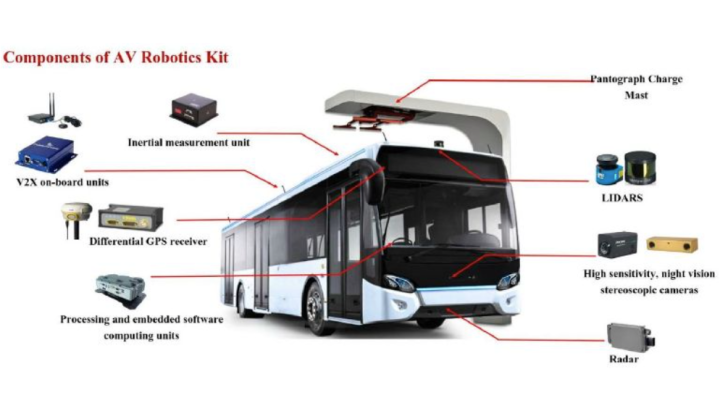
The driverless bus trial is the result of a partnership between Nanyang Technological University (NTU) and CleanTech Park, an eco-business park that encourages the development of clean technology. The pair has already worked together on driverless cars, developing and operating a self-driving shuttle between the university’s campus and the CleanTech business park. The shuttle has been in operation since 2013.
NTU will use its knowledge and experience from the shuttle trial as it develops its driverless bus system. The researchers plan to equip two electric hybrid buses with the sensors and software system to pilot the bus through the crowded city streets. “So, this autonomous bus trial is the first of its kind in Singapore that will aim to improve road safety, reduce vehicle congestion, alleviate pollution and address manpower challenges,” said NTU Chief of Staff and Vice-President of Research Lam Khin Yong to Channel News Asia.
Similar to the shuttle, the buses initially will transport passengers between NTU and CleanTech Park with plans to extend the transportation network to include the outlying Pioneer MRT Station in the future. Unlike the smaller shuttles which provide taxi-level service, the larger single deck buses are capable of carrying up to 80 passengers, providing city dwellers with a mass transit option.
The pilot program will be administered by Singapore’s Land Transport Authority (LTA) along with NTU. Results of the pilot will be analyzed by the LTA along with Google, which is known for its work on driverless car technology. Using feedback from the trial, the LTE hopes to extend the driverless bus system beyond its initial college campus route and bring it to additional transit stations in the city.



